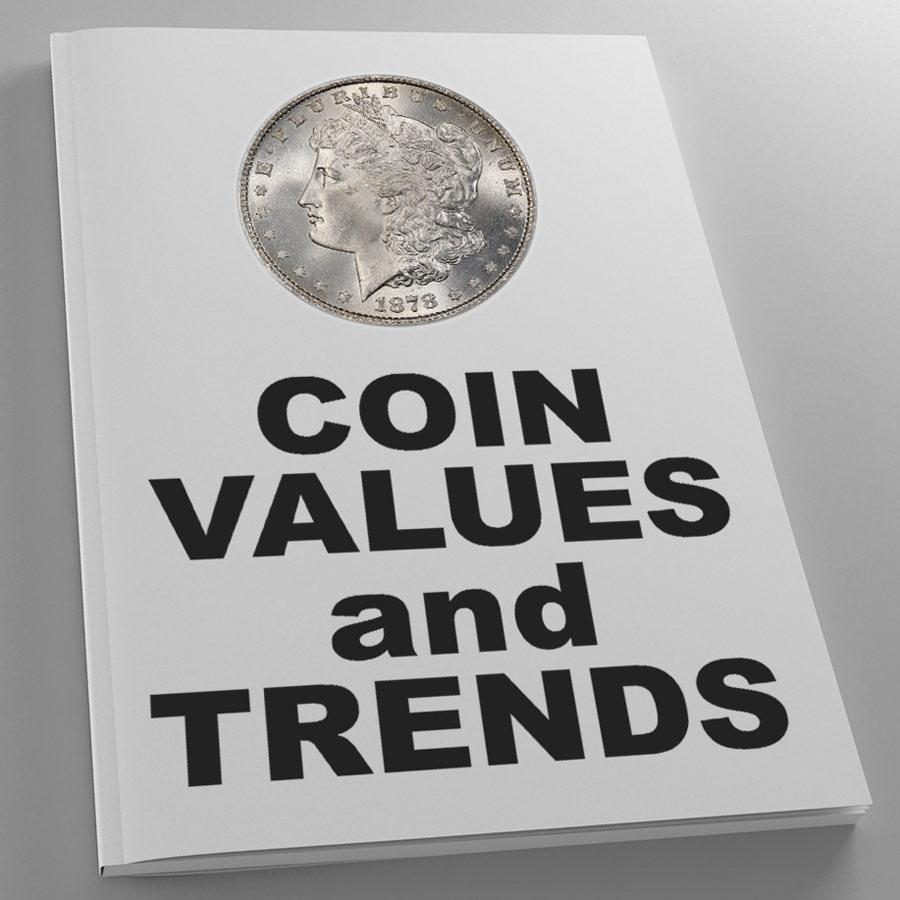About Numiis / Numis DB
The numismatic database project is designed to provide all information any coin collector or numismatist would need regarding a coin, medal or note of interest.
Since 1963, the Greysheet has been considered the leading authority on wholesale coin values and prices - a title they possibly do not deserve.
Quite simply, the Greysheet’s methods for valuing and pricing coins is not viable because it is based on opinions rather than facts.
Furthermore, the prices they publish are the prices that the Greysheet thinks the coins SHOULD BE bought/sold at, versus the prices people are ACTUALLY buying and selling at.

The Greysheet is a subscription-based monthly publication “specializing” in providing wholesale pricing for rare coins.
It is geared towards coin dealers, serious collectors, jewelry shops, pawnshops, and other such persons or organizations that deal regularly in rare coins.
Each monthly issue is typically a 100-plus-page magazine containing the assessed values and prices for rare coins, depending on their condition.
Their primary focus is on classic (meaning pre-1933) U.S. coins that were regularly issued AND are frequently traded by collectors or dealers.
So What’s Wrong With Their Pricing?
To be fair to Greysheet, they only a part of larger issue - the fact that the very foundation of coin valuation is inherently flawed and needs to be revolutionized.
Yet as the authority on wholesale coin pricing and valuation, they contribute to the issue heavily in several ways - particularly, their use of an unpublished and unreviewed pricing “formula” and their apparent lack of consideration for the final purchaser.
The “Formula” for Greysheet Coin Values
According to the FAQ by CDN Publishing, the publisher of Greysheet:
“The Pricing of coins and currency in our publications is derived by our team using a mix of data from the online dealer-only trading networks of CDN Exchange and Certified Coin Exchange, auction prices realized, dealer wholesale buy lists, and more."
Further, in a forum post on cointalk.com, Greysheet editor John Feigenbaum notes:
"...the sheets are a GUIDE. We are publishing "Bids" and any dealer/collector can "ask" what they want."
That's an important point to remember - the Greysheet is just a guide.

First off, the fact that Greysheet doesn't publish more than vague generalities regarding their formula is problematic.
The fact that they appear to be making use of actual bidding data is commendable, but what information is weighted most heavily?
Basing your price off of previous bid data is an excellent start, but it cannot stop there.
For instance, what weight is put on the current availability on the coin?
How much weight is put on the scarcity of the coin in question? If a coin has not sold for several years, does Greysheet simply use the last known sale price? For that matter, how much weight does Greysheet put on consumer sales? After all, at the end of the day, a coin is only worth as much as a collector is willing to pay for it.
Twenty years ago, wholesale pricing was much easier to manage. Dealers could easily keep such information hidden from the public.
They could set the value of their wares to cover their wholesale prices plus whatever markup they chose, and all but the most informed collectors were obligated to pay the price.
With the advent of the internet and digital marketplaces, however, things have changed.
Information on the coin in question, including its wholesale value, is easily accessible to collectors.
While there is a subscription fee to receive the Greysheet, at $20-$33/month it is hardly out of reach for even casual collectors.
If you were purchasing a car, and you were able to easily find out how much the car dealer likely purchased it for, would you be willing to pay full asking price for it?
I doubt it highly, and therein lies the problem - if the Greysheet bases their pricing solely on wholesale pricing, they may be missing out on crucial data.
For instance, if the wholesale price of a particular coin/grade according to Greysheet is $700, what happens when collectors are only willing to pay $750 for it?
Would those end sales be considered and cause the Greysheet to lower its overall price?
Moreover, with the advent of digital marketplaces, collectors do not need to go through dealers exclusively anymore.
If a coin can be sold, collector to collector, online for less than the "current wholesale market value" of the coin, does that impact the Greysheet value?
Perhaps a more important question is if the Greysheet focuses exclusively on dealer-dealer pricing without regard to the price collectors are willing to pay for it… is the Greysheet doing a disservice to dealers by giving them inaccurate pricing?

At the end of the day, unless Greysheet chooses to publish more details on their valuation criteria and formula, we simply will not know.
The Greysheet is an industry giant, and that reputation is not wholly undeserved.
Yet their formula for how they value coins seems flawed, and unless they choose to elaborate further any dealer should consider a guide at best - a starting point to perform their own research.
These are but symptoms of a larger problem in Numismatics as a whole; one that Numiis is planning to resolve.
We will be addressing this problem bit by bit, and we have something special planned to fix it, so check back often to see how we plan to fix numismatics!
Gold $1,865.28 |
Silver $25.56 |
Platinum $998.24 |
Palladium $2,326.45
(Updated 2020-12-22)